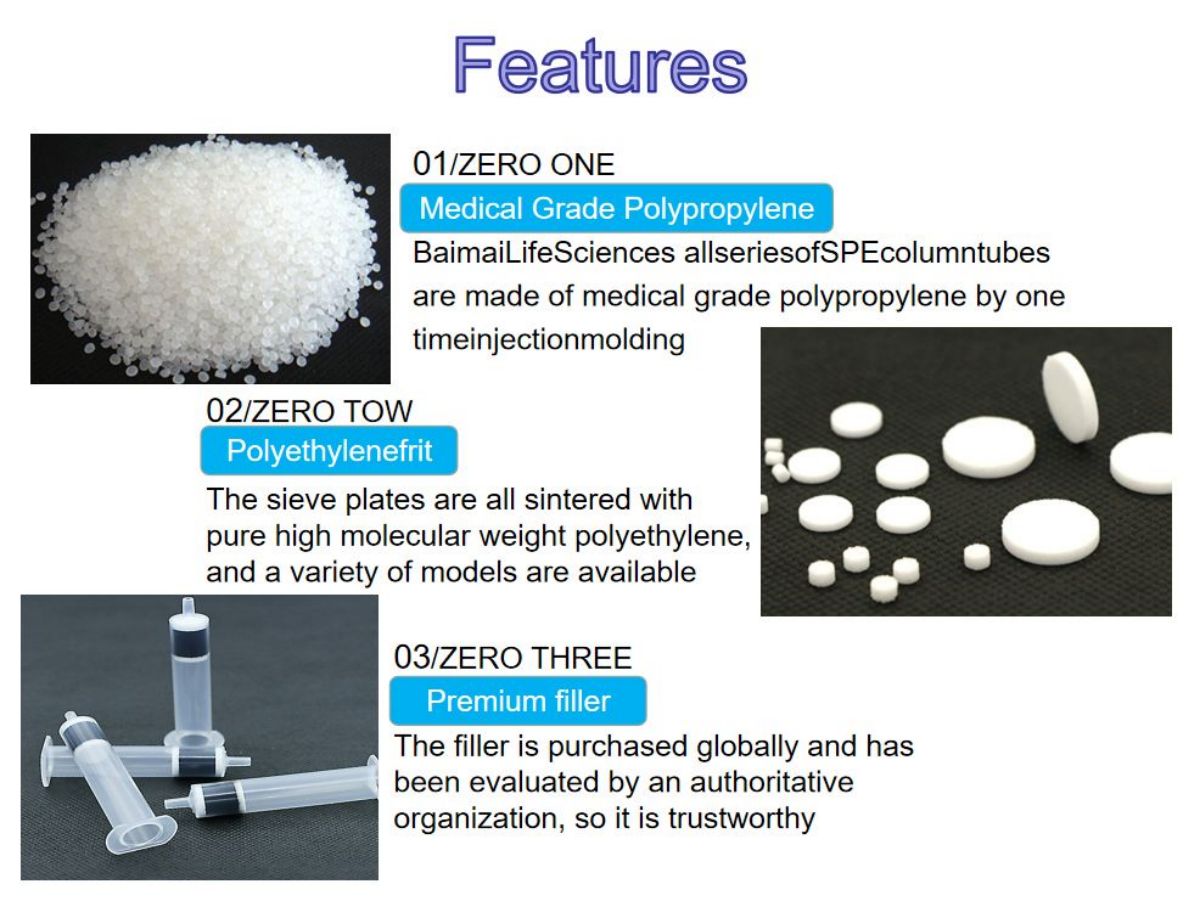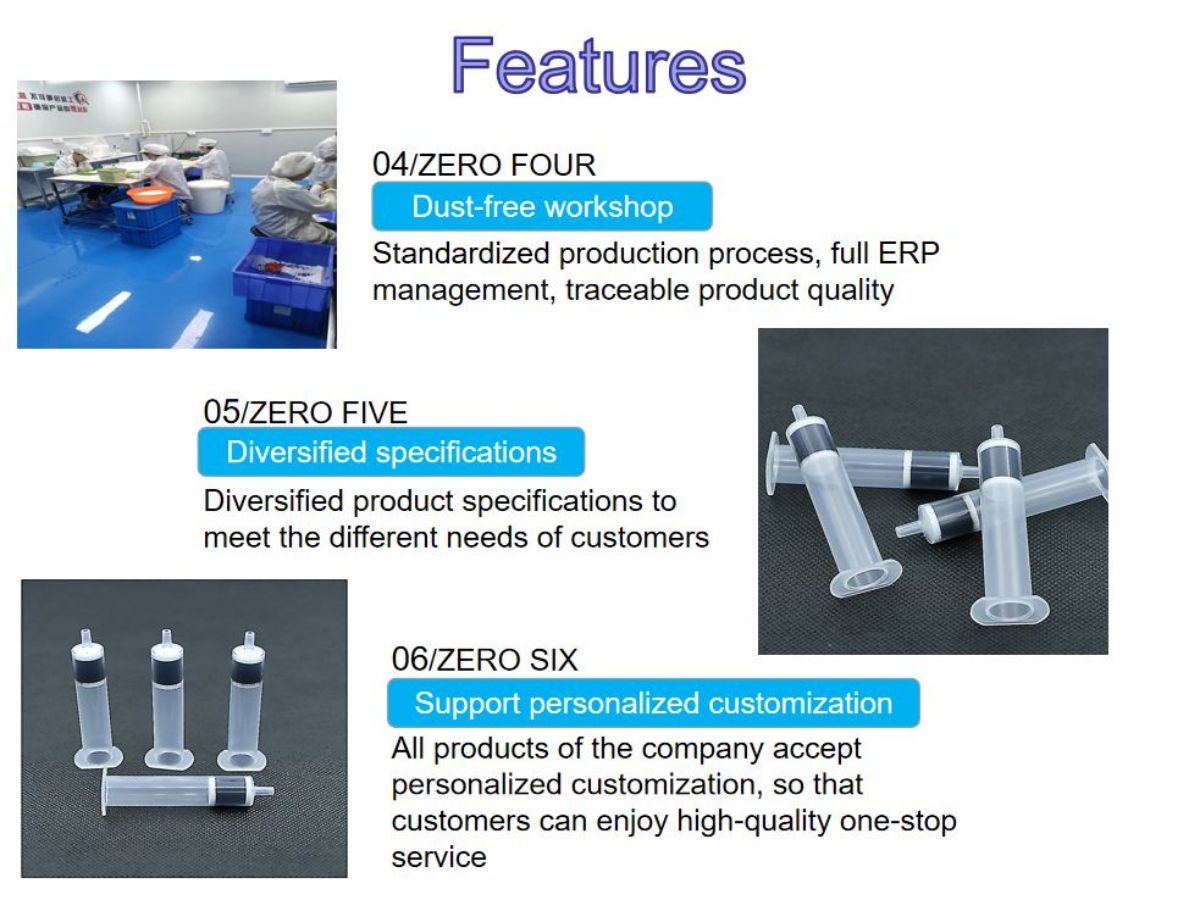High Quality Cpg Supplier - GCB (graphitized carbon black SPE column) – BM Life Science
overview:
Carb-GCB (graphite-carbon black) consists of non-porous flaky molecules with aromatic positive six-membered ring structures, and is positively charged. There is a dual retention mechanism of reverse and ion exchange,which has Both non-polar compounds (such as organochlorine pesticides) can be retained and strongly polar compounds (such as surfactants) can be retained.
Carb- GCB, because it is flaky material, has no pores, so the extraction speed is fast, and the adsorption capacity is greater than that of silica gel.
The equivalent of Agilent Bond Elut Carbon.
details:
Matrix:Graphitized Carbon Black
Mechanism of Action:Positive phase extraction
Particle Size:100-400mesh
Surface Area:100m2 /g
Application:Soil;Water;Body fluids(plasma/urine etc.);Food
Typical applications:GCB has very strong affinity to the planar molecule, very suitable for a lot of the extraction and purification of organic matter, especially suitable for separation and removing all kinds of substrates such as surface water and pigment of fruits and vegetables (such as chlorophyll and carotenoid), sterol, phenol, chloroaniline, organochlorine pesticides, carbamate, triazine herbicide, etc
GCB was widely used in agricultural residue analysis, especially in the pretreatment of samples with high pigment content such as fruits and vegetables.Data show that the graphitized carbon black SPE also extracts more than 200 kinds of agricultural residues in food, such as organochlorine, organophosphorus, nitrogen and carbamate pesticides
Sorbent Information
Matrix:Graphitized Carbon Black
Mechanism of Action:Positive phase extraction
Particle Size:100-400mesh
Surface Area:100m2 /g
Application
Soil;Water;Body fluids(plasma/urine etc.);Food
Typical Applications
GCB has very strong affinity to the planar molecule, very suitable for a lot of the extraction and purification of organic matter, especially suitable for separation and removing all kinds of substrates such as surface water and pigment of fruits and vegetables (such as chlorophyll and carotenoid), sterol, phenol, chloroaniline, organochlorine pesticides, carbamate, triazine herbicide, etc GCB was widely used in agricultural residue analysis, especially in the pretreatment of samples with high pigment content such as fruits and vegetables.Data show that the graphitized carbon black SPE also extracts more than 200 kinds of agricultural residues in food, such as organochlorine, organophosphorus, nitrogen and carbamate pesticides
| Sorbents | Form | Specification | Pcs/pk | Cat.No |
| GCB | Cartridge | 100mg/1ml | 100 | SPEGCB1100 |
| 200mg/3ml | 50 | SPEGCB3200 | ||
| 500mg/3ml | 50 | SPEGCB3500 | ||
| 500mg/6ml | 30 | SPEGCB6500 | ||
| 1g/6ml | 30 | SPEGCB61000 | ||
| 1g/12ml | 20 | SPEGCB121000 | ||
| 2g/12ml | 20 | SPEGCB122000 | ||
| Plates | 96×50mg | 96-well | SPEGCB9650 | |
| 96×100mg | 96-well | SPEGCB96100 | ||
| 384×10mg | 384-well | SPEGCB38410 | ||
| Sorbent | 100g | Bottle | SPEGCB100 |
High Quality Cpg Supplier - GCB (graphitized carbon black SPE column) – BM Life Science Related Video:

